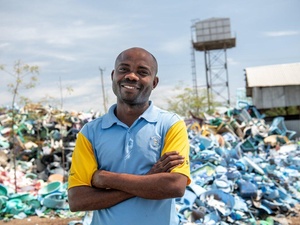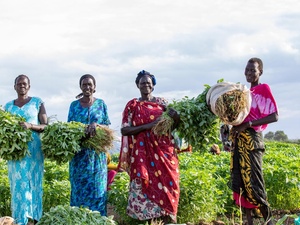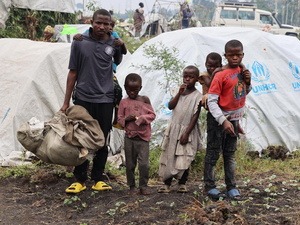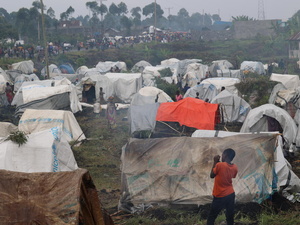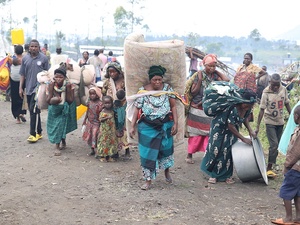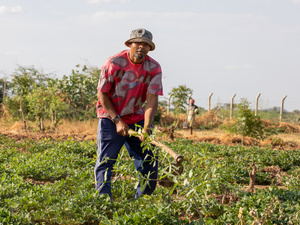Uganda: Refugees continue to arrive from DRC
Uganda: Refugees continue to arrive from DRC
Refugees are continuing to arrive in western Uganda from the neighbouring Democratic Republic of the Congo (DRC). Yesterday (Monday), local authorities in Kanungo District reported the arrival of 177 people in Ishasha, on the shores of Lake Edward, which forms the natural border with DRC. This is the largest reported influx at Ishasha for more than a month. The newcomers, many of them in poor health, said they had fled fighting in their villages in the eastern DRC province of North Kivu. UNHCR will be transferring this new group to a permanent settlement for Congolese refugees, Kyaka II (pron: tsha-kah).
Some 20,000 refugees have entered Uganda since the beginning of the year. About half of these arrived in Ishasha in mid-January, although roughly 8,000 of them crossed back into DRC after a few days. They are all from North Kivu province, where the UN peacekeeping mission in Congo, MONUC, has reported increased fighting between Mai Mai and FARDC troops.
Several thousand more Congolese also entered Uganda further to the north, via Lake Albert. This group was from Ituri province, where fighting has also been reported between two rival ethnic groups, the Hema and the Lendu.
All refugees have been offered the possibility of moving to Kyaka II. To date, more than 4,500 people have been moved to Kyaka II with the help of UNHCR. These new arrivals increased the previous camp population of 8,000 by more than half in less than a month, stretching resources on the ground almost to breaking point. UNHCR and its partners are working to reinforce the settlement's infrastructure and services to cope with the growing needs.
Water remains the biggest concern, especially as supply is short throughout the region because of a drought. For now, water is being transported by truck from a nearby dam, which puts increased pressure on roads in the area. UNHCR is rehabilitating some of the roads and bridges leading to the camp. We are also building two new primary schools with 18 additional classrooms and hiring 32 extra teachers to cope with the needs of the additional 1,500 young people of school age who have arrived in Kyaka II in the past month.


